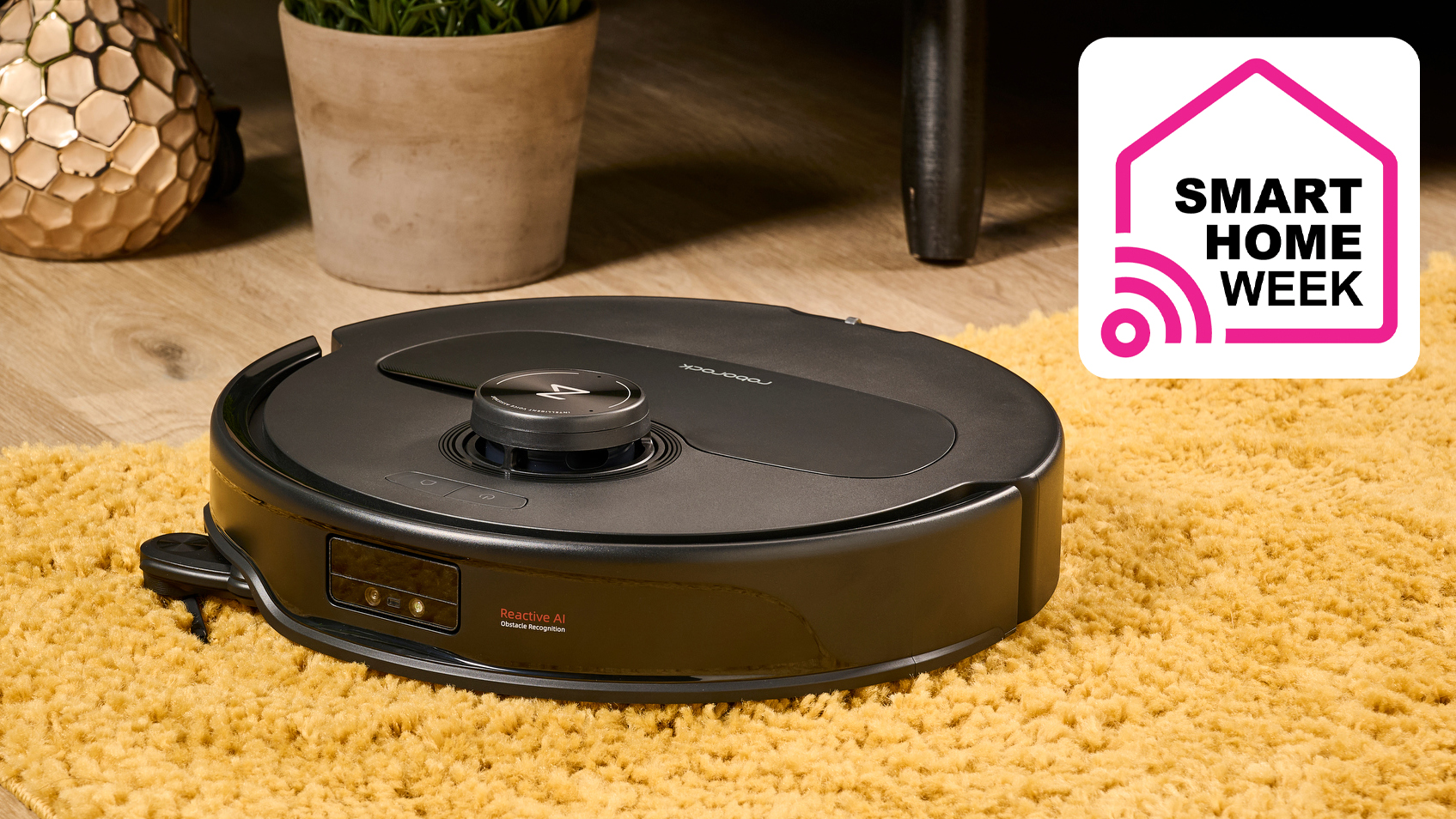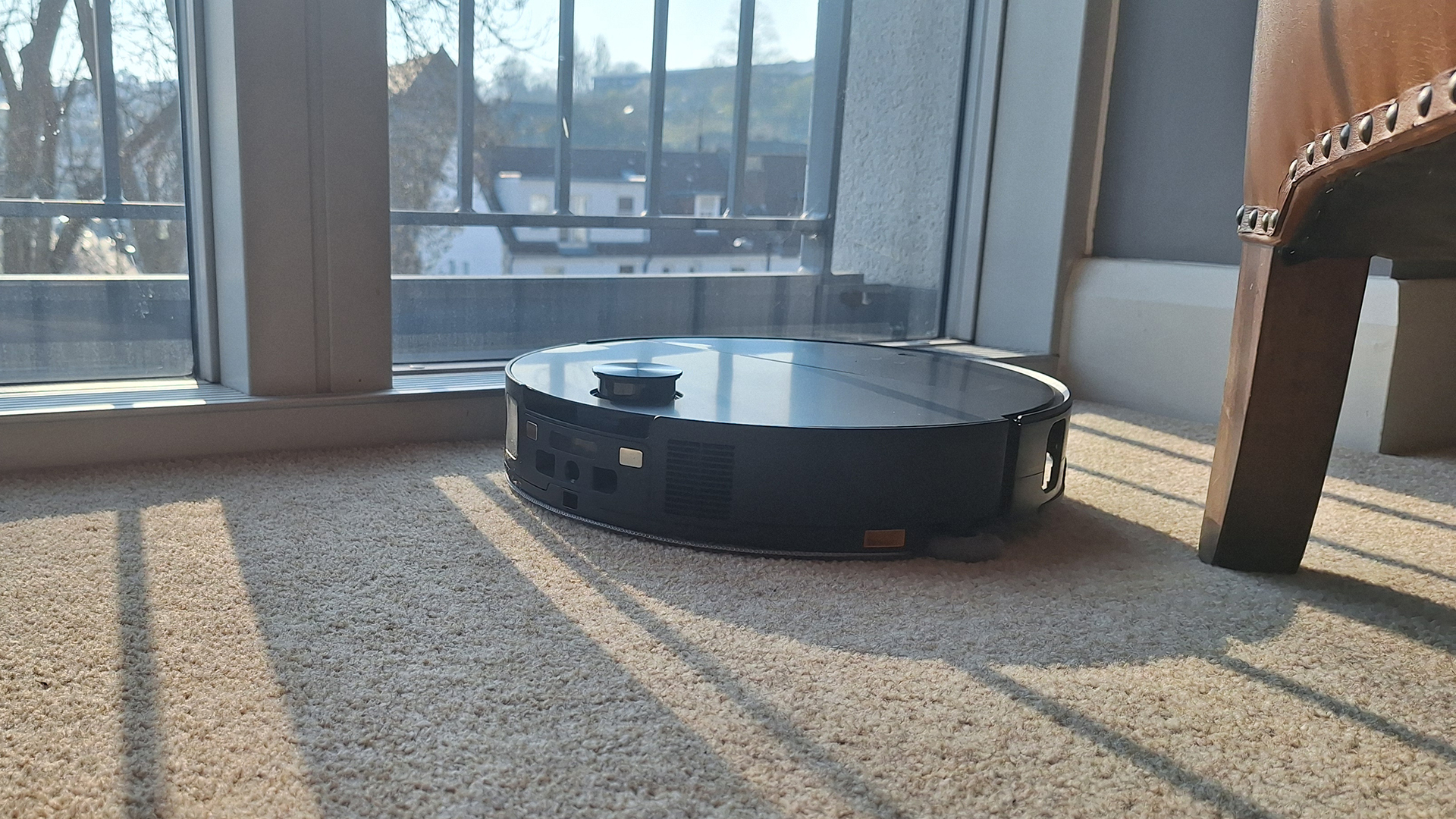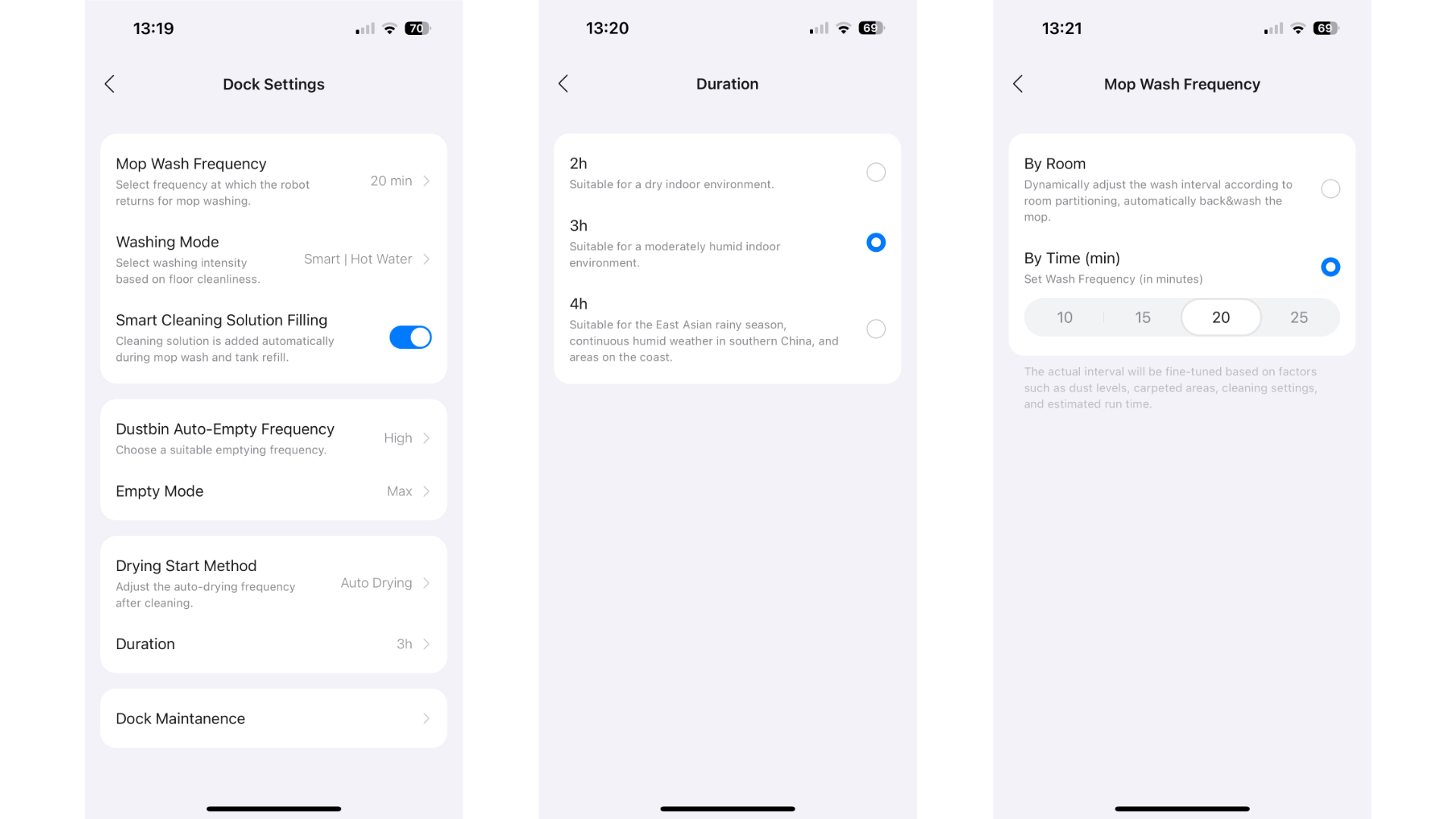6 settings you should be changing on your robovac (but probably aren't)

This article is part of TechRadar's Smart Home Week 2025. From lighting and switches to robot vacuums and smart thermostats, we're here to help you pick the right devices to make your life easier, and get the most out of them.
A robot vacuum cleaner is one of the most convenient additions to any home, saving loads of time and energy while keeping your floors clean on a daily basis. Today's best robot vacuums are designed to be super-easy to get started with – you can pretty much just tap 'Start' and leave them to do their thing, with very respectable results. But if you want to truly maximize your robovac's potential, you need to shift away from the defaults.
A quick dive into the companion app's Settings section, and you can turn your robot vacuum from a helpful domestic gadget into a lean, mean, personalized cleaning assistant. I've tested dozens of robot vacuums, and there are certain adjustments I always make to ensure my home stays consistently clean.
Whether you're dealing with masses of pet hair, cluttered rooms full of toys, socks and wayward shoes, or a smorgasbord of different floor types, fine-tuning these settings will make all the difference in achieving a comprehensive clean without any unexpected mishaps.
1. Pet mode
This stands even if you don't have a pet – for many robot vacuum brands (including the likes of Roborock and Dreame) 'Pet mode' is shorthand for 'more sensitive object avoidance'.
One of the biggest frustrations with robot vacuums is watching them ride over toys, get tangled in cords or swallow the odd sock. Obviously, the best way to avoid this from happening is to first remove any wayward items before the robot heads out. However, this isn't always possible if you're not at home and the robot is on one of its daily scheduled cleans.

Most current models come with laser-based LiDAR, built-in sensors and cameras designed to navigate around obstacles, but some manufacturers leave it to the user to select their preferred method of obstacle avoidance.
If your vacuum bot has a Pet mode, turn it on. Alternatively, if there's another adjustable obstacle sensitivity setting, increase it to make the robot more cautious around scattered objects. (The reason for the 'Pet' name is likely to do with avoiding poop – a perpetual danger for robovac-owning pet parents.)
Sign up for breaking news, reviews, opinion, top tech deals, and more.
Do note that higher obstacle avoidance sensitivity will come at the expense of the robot possibly not cleaning some small sections of flooring. Swings and roundabouts spring to mind.
2. Carpet Boost
Most mid-priced robot vacs are able to detect the texture difference between carpet and hard floor. If your model has a Carpet Boost function, select it so the vacuum power is ramped up for a deeper and more effective carpet clean. This is especially important if your carpet is of the mid- to deep-pile variety – you need a decent amount of suction to pull up dust that's settled in the carpet fibers.

3. Auto-empty frequency
The best robot vacuums for pet hair include an auto-empty dock into which the bot can empty its small onboard bin. If you're dealing with high levels of dust and debris, the same applies. In either of those situations, you might want to adjust the auto-empty frequency – bump it up to the highest setting so the robot heads back to the dock mid-clean to have its bin emptied.
This is especially important for households with more than one shedding pet since the hair that's gathered can quickly fill the robot's tiny bin to the point that it gathers in a tight clump that may block the suction tubes and require manual intervention. Programming the robot to frequently return to the dock during its cleaning task helps negate this fairly common issue.

4. Dustbin emptying duration
Some robot vacuum cleaners' self-empty cleaning stations lack the suction power necessary to effectively pull all the dust and debris from the robot's onboard bin, which means you might end up with remnants left. Again, this is especially true for households with dogs and cats, and particularly those of the shedding variety.
If your model has a self-emptying feature and the wherewithal to increase the duration of the suction period during emptying, bump it to the highest setting. Yes, you'll have to put up with the noisy emptying process for about 15 seconds longer, but it's worth it if your robot's bin is rarely completely emptied.

Tip! If you generally have hair in your robot's bin, you can normally tell if your clean station isn't sucking everything out by the noise it makes. If you hear a 'Whoomph' sound then all is well, as it suggests that a large clod of debris has successfully reached the dock's large dustbin bag. But if you hear a higher pitched noise that sounds different from the norm, chances are your dock's airways may be jammed with hairy matter.
5. Mop drying duration
Most premium hybrid robot vacuum-and-mops come with an advanced dock that can wash the mop pads – often using hot water – and also dry them with wafts of hot air. This process stops mold in its tracks, especially if the robot hasn't been used for a while.

Most decent hybrid models offer a range of mop drying durations and these parameters are well worth fiddling around with. In most instances, a two-hour drying session will be more than enough for most people, but if you live in a moderately humid climate you might wish to opt for a longer three-hour drying period, or even four hours if you live in a continuously humid environment. Bear in mind that the creation of hot air requires the use of more electricity, so if you're concerned about higher bills, perhaps consider sticking to a shorter drying duration.

6. Change mop washing frequency
If you're using a hybrid robot vac that also mops, and your home has more hard floor than carpet, consider changing the number of times the robot returns to its dock to have its mops cleaned. In short, having the mops rinsed during a working session helps prevent them from spreading dirt they've picked up from elsewhere.
With Roborock models you're offered four mop-rinsing intervals – 10, 15, 20 and 25 minutes – so adjust this time frame depending on the extent of your hard flooring and amount of grubbiness. If, for instance, you have kids and pets, perhaps have the robot return for a mop rinse every 10 or 15 minutes and extend the frequency period if your floors are generally clean from day to day.
Derek Adams has been in consumer tech journalism since joining London listings magazine Time Out in the early ‘80s. He’s an experienced reviewer of cordless vacs and robot vacs, indeed anything that runs on batteries or has a plug attached. Derek also writes extensively for TechRadar’s sister site T3.com between playing drums and guitar with his bandmates in Red Box.
You must confirm your public display name before commenting
Please logout and then login again, you will then be prompted to enter your display name.
